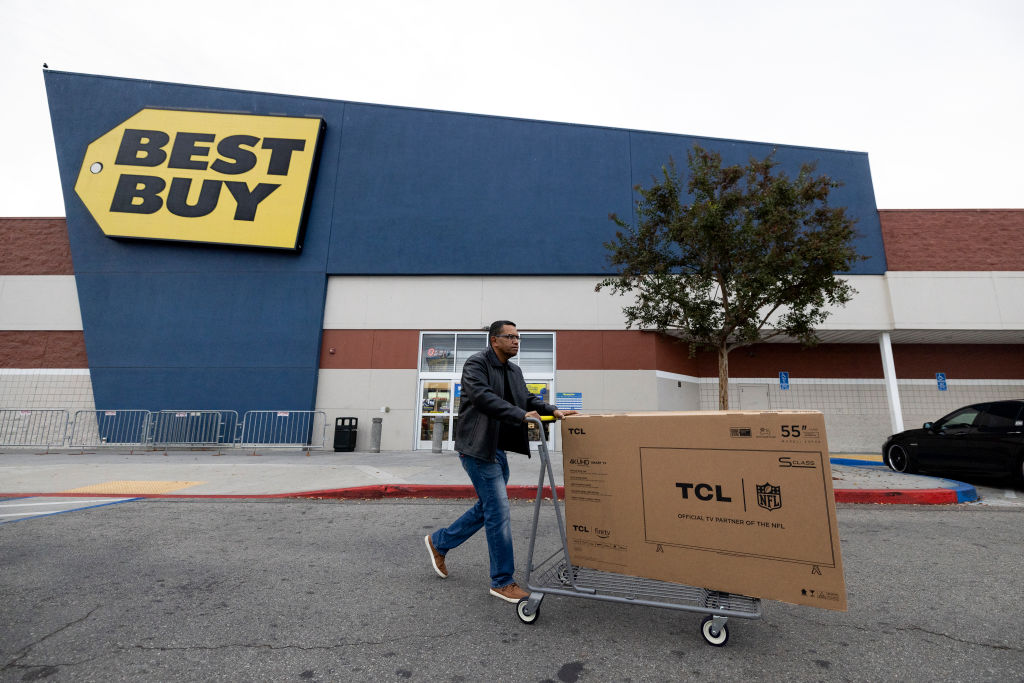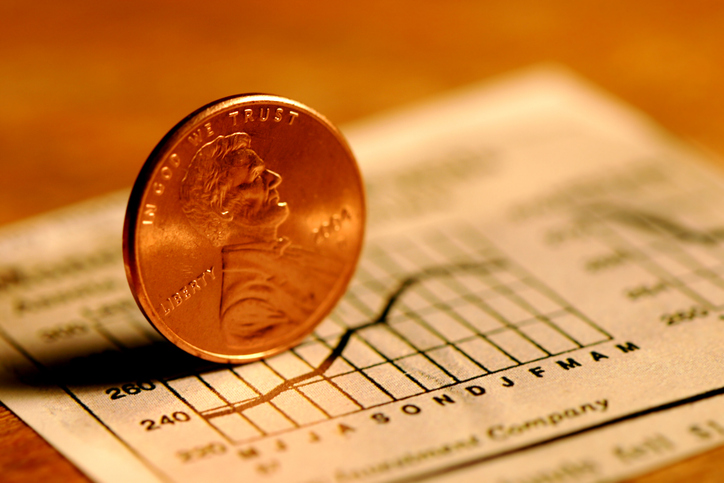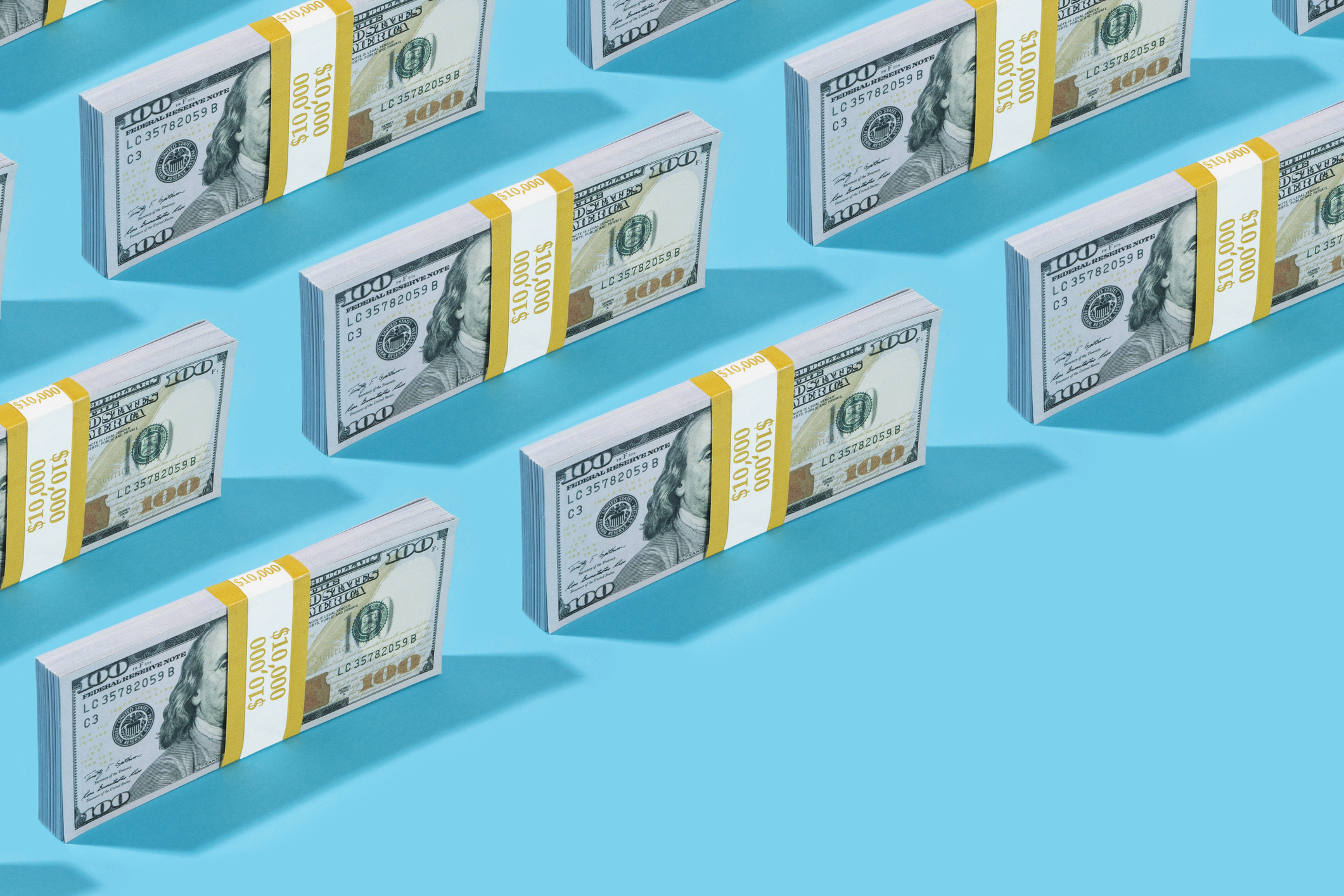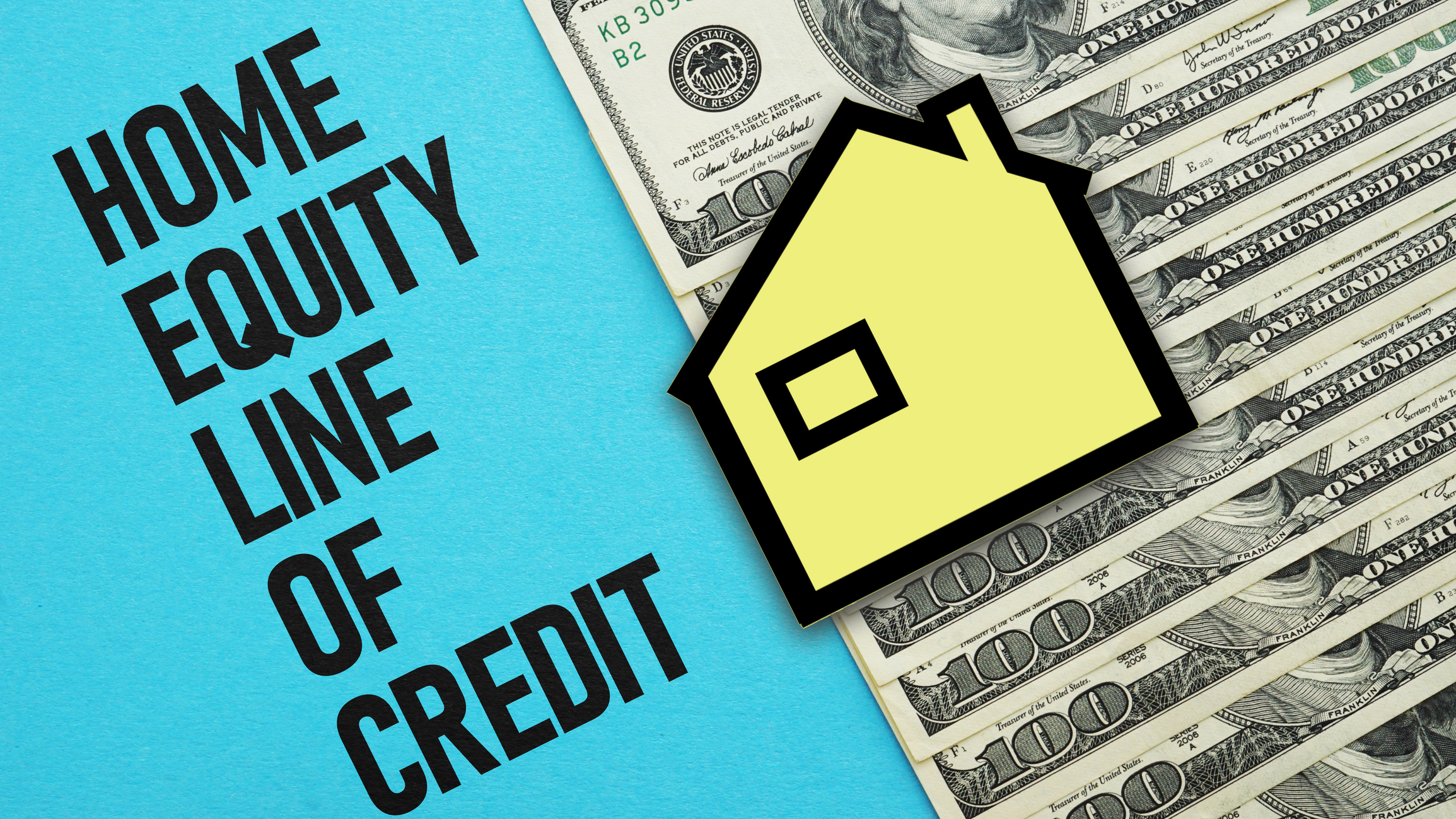Why This Year’s Black Friday Deals May Fall Short
From rising import duties to supply-chain cost creep, the discounts you expect may be smaller this year.

Black Friday shoppers may notice something different this year. The deals just don’t feel as exciting. And there’s a good reason for that. Tariffs on everything from electronics to tools have quietly pushed up costs behind the scenes, leaving retailers with less wiggle room to drop prices.
When you mix that with lingering inflation and higher shipping and labor costs, the result is the same: smaller discounts and fewer jaw-dropping bargains.
If you’ve been waiting to upgrade your laptop, replace an appliance or check off your holiday gift list, this shift matters. Some categories will offer real savings, but others are likely to disappoint. But with the right strategy this Black Friday shopping season, you can still find value.
From just $107.88 $24.99 for Kiplinger Personal Finance
Become a smarter, better informed investor. Subscribe from just $107.88 $24.99, plus get up to 4 Special Issues

Sign up for Kiplinger’s Free Newsletters
Profit and prosper with the best of expert advice on investing, taxes, retirement, personal finance and more - straight to your e-mail.
Profit and prosper with the best of expert advice - straight to your e-mail.
Let’s break down what’s happening and how to shop smarter this season.
The new reality for Black Friday pricing
Tariffs have always been a behind-the-scenes cost factor, but this year their impact is far more visible. U.S. import duties on a wide range of consumer goods like electronics, tools, household items and more, have increased or expanded. Since retailers can’t absorb all those higher costs, they pass a portion on to consumers.
That matters because Black Friday discounts often rely on retailers buying huge quantities in advance at low prices. When those upfront costs rise, markdowns shrink. Layer on lingering inflation and higher shipping and labor costs and retailers are facing thinner margins than they’ve seen in years.
Rather than slashing prices dramatically, many stores are opting for smaller markdowns, bundled offers, or heavily restricted “doorbusters” designed to protect profitability.

Categories facing the biggest price pressure
Some product categories are far more exposed to tariff-driven price creep, and those are the ones most likely to disappoint deal hunters this year.
Electronics
When it comes to phones, laptops, tablets, gaming consoles and monitors, many of these categories rely heavily on imported components subject to tariffs. Expect fewer steep discounts and more deals that don’t rival years past.
Major appliances
Large kitchen and laundry appliances are among the most affected by tariff increases on metal and imported parts. Retailers may advertise sales, but the actual savings could be modest.
Tools and home improvement supplies
According to Family Handyman, tariffs on common materials and tool components are playing a big role in pricing this season. Expect limited discounts on power tools, compressors and accessories.
Apparel
While clothing discounts will still exist, brands facing higher production costs may not push the aggressive 50–70% off deals consumers are used to.
Kiplinger's Top Cash Back Cards
The right credit card can turn daily purchases into monthly savings. Compare Kiplinger’s top picks for cash back, powered by Bankrate. Advertising disclosure.
Categories where value is still possible
Not all areas of holiday shopping are feeling the same tariff squeeze. If you’re looking for real value, prioritize:
Home goods & seasonal decor
While still affected by rising costs, seasonal items tend to be high-markdown categories because retailers need to clear inventory fast.
Beauty and personal care
These items have strong profit margins, which gives retailers more room to discount without losing money.
Domestic or non-tariff-heavy brands
Products manufactured in the U.S., Mexico, or other lower-tariff regions may see deeper markdowns.
Digital products and services
Streaming subscriptions, gift cards, apps, online course and software bundles aren’t subject to import duties, so deals may stay competitive.
Timing your purchases for the best value
With tighter margins, retailers are spreading out their promotions over longer timelines instead of saving everything for the day after Thanksgiving.
Here’s how to time your purchases this year:
- Early deals (late October–early November): This time is best for toys, small kitchen appliances and seasonal décor.
- Black Friday: Look for limited-quantity doorbusters (but expect them to sell out quickly). Electronics may not be as steeply discounted as in years past.
- Cyber Monday: Good for online-exclusive brands, streaming services and software. Tech accessories like chargers, cables, mice, keyboards tend to peak here.
- December clearance: Best for apparel, gift sets, décor and stores working through excess inventory.
If you’re unsure, use price-tracking tools like CamelCamelCamel to see whether a “deal” is actually the best it’s been all year.

How to spot weak or inflated discounts
Not all Black Friday deals are created equal, and this year especially, shoppers will see more promotions that look impressive on the surface but offer very little real savings. One of the biggest red flags is the artificial markdown.
This is when a retailer shows a steep discount based on an inflated “original price” that the product rarely, if ever, sold for. If the item has been sitting at roughly the same price all year, that dramatic slash isn’t a true deal.
Another tactic to watch for is the bundle strategy. Retailers may package an item with accessories or low-cost add-ons to make the total “discount” seem larger than it is. While these bundles can sometimes offer value, it’s worth checking what the main item costs on its own and whether the extras are things you actually need.
Limited-quantity doorbusters are also trickier this year. Stores may advertise a standout deal, but only keep a handful in stock. These offers can drive excitement, but most shoppers won’t get them and many end up settling for a far weaker discount on the standard item.
Lastly, pay attention to modest percentage cuts on recently marked-up items. A 10% discount doesn’t help much if the price quietly rose by 15–20% over the past few months due to tariffs or supply-chain costs. When in doubt, checking price history tools can help you spot when a sale isn’t really a sale.
Smarter ways to shop this year
If you want to protect your wallet in a higher-tariff, lower-discount environment, focus on strategy and not hype. Here are a few strategies to try:
- Compare pricing across retailers. Prices are varying widely this season. Don’t assume the big box store always wins.
- Track historical prices. Browser extensions and price-history tools can help you confirm whether a “deal” is truly worthwhile.
- Buy from retailers with price protection. Some stores will refund the difference if the price drops later. That’s a major win in a year with unpredictable discounts.
- Prioritize needs over nice-to-haves. Since deals may be weak, focus your budget on the items you genuinely need to replace.
- Consider open-box, refurbished or previous-year models: These items may escape the tariff-inflated pricing that affects new inventory.
- Look beyond the traditional retailers: Warehouse clubs, membership-based sites and off-price stores may offer better value on certain categories.
Tariffs are shaping Black Friday more than many shoppers realize. But with careful timing, smart comparison and an eye for real value, you can still save meaningfully this holiday season.
Related Content:
Profit and prosper with the best of Kiplinger's advice on investing, taxes, retirement, personal finance and much more. Delivered daily. Enter your email in the box and click Sign Me Up.

Choncé is a personal finance freelance writer who enjoys writing about eCommerce, savings, banking, credit cards, and insurance. Having a background in journalism, she decided to dive deep into the world of content writing in 2013 after noticing many publications transitioning to digital formats. She has more than 10 years of experience writing content and graduated from Northern Illinois University.
-
 AI Appliances Aren’t Exciting Buyers…Yet
AI Appliances Aren’t Exciting Buyers…YetThe Kiplinger Letter Artificial intelligence is being embedded into all sorts of appliances. Now sellers need to get customers to care about AI-powered laundry.
-
 Ask the Editor: IRAs, 401(k)s and RMDs
Ask the Editor: IRAs, 401(k)s and RMDsAsk the Editor In this week's Ask the Editor Q&A, Joy Taylor answers questions on IRAs, 401(k)s and required minimum distributions
-
 Got $100 to Gamble? These Penny Stocks Could Be Worth the Ride
Got $100 to Gamble? These Penny Stocks Could Be Worth the RideVolatile penny stocks are high-risk plays with potentially high rewards. If you have $100 you can afford to lose, these three names are worth a look.
-
 I'm an Insurance Pro: Going Without Life Insurance Is Like Driving Without a Seat Belt Because You Don't Plan to Crash
I'm an Insurance Pro: Going Without Life Insurance Is Like Driving Without a Seat Belt Because You Don't Plan to CrashLife insurance is that boring-but-crucial thing you really need to get now so that your family doesn't have to launch a GoFundMe when you're gone.
-
 The Top 22 Gifts for Grandkids from Walmart in 2025
The Top 22 Gifts for Grandkids from Walmart in 2025From PlayStation to Labubu, you'll find the hottest gifts of 2025 for your grandkids at Walmart this year. Some of them are up to 78% off.
-
 What Not to Do in an Airport Lounge
What Not to Do in an Airport LoungeBefore you settle into that cushy lounge chair, skip the rookie moves that annoy other travelers and can even get you kicked out.
-
 CD vs. Money Market: Where to Put Your Year-End Bonus Now
CD vs. Money Market: Where to Put Your Year-End Bonus NowFalling interest rates have savers wondering where to park cash. Here's how much $10,000 earns in today's best CDs versus leading money market accounts.
-
 Meet the World's Unluckiest — Not to Mention Entitled — Porch Pirate
Meet the World's Unluckiest — Not to Mention Entitled — Porch PirateThis teen swiped a booby-trapped package that showered him with glitter, and then he hurt his wrist while fleeing. This is why no lawyer will represent him.
-
 Smart Business: How Community Engagement Can Help Fuel Growth
Smart Business: How Community Engagement Can Help Fuel GrowthAs a financial professional, you can strengthen your brand while making a difference in your community. See how these pros turned community spirit into growth.
-
 Smart Money Moves Savers Should Make in 2026
Smart Money Moves Savers Should Make in 2026These steps will get you on the road to achieving your 2026 savings goals.
-
 How Much Would a $50,000 HELOC Cost Per Month?
How Much Would a $50,000 HELOC Cost Per Month?Thinking about tapping your home’s equity? Here’s what a $50,000 HELOC might cost you each month based on current rates.
